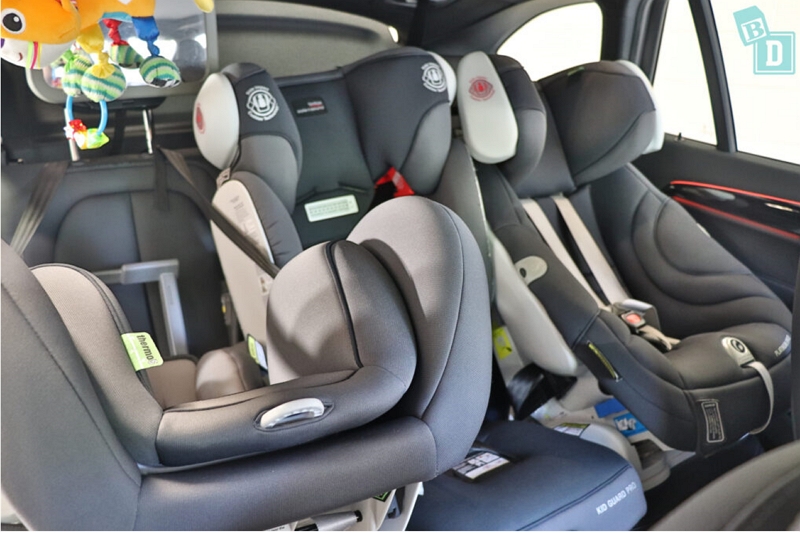When to switch out of infant car seat? There is a lot of debate about when babies should switch out of their infant car seat. Many feel that it can be done as early as six months, but this is not always the safest idea for your child or your family.
There are many factors to consider before deciding if now is the right time to make the change from an infant car seat to a regular one. Here are some things you’ll want to think over before making any decisions:

– Location of seat in the car
– Is your infant ready for a more upright position?
– Are you and baby comfortable with this change?
Best convertible car seat
– The best convertible car seat will be comfortable for your child while they are in the backseat.
– It should also feel secure and safe when you’re driving, especially if it fits well with other features that you need like cup holders or air vents.
– For most parents, safety is their number one concern because babies can’t speak up to tell anyone about any discomfort they might experience. So, make sure whatever model of seat you get has passed all federal side-impact tests (or something equivalent).
– And, of course, no matter what seat you get it should offer a good range of size and weight for your child.
– Lastly, look for a model that has adjustable head support so your little one’s neck is protected at all times while they are in the carseat.
This will also help them avoid any discomfort from being too cramped against the back of the vehicle’s front seats or having their legs stuck awkwardly behind them due to not having enough legroom.
What age is a stage 2 car seat?
A stage two car seat can be used for children between 20-40 lbs who are at least one year old. The height of the child should also be greater than 33 inches, or they should have reached that height and weight before their first birthday.
When you know your child’s measurements, look into what is best for them based on safety features offered by various models. Be sure to consider how much space there will be in the backseat as well.
What are the stages of child car seats?
A child car seat is a device attached to the body of an automobile that holds your baby or toddler. These devices are made up of several components including harnesses, buckles and headrests which ensure safety during accidents.
There are different types available in the market but they all have five stages according to their age group for you can select accordingly. Let us take a look at these stages below:
– Child car seat for 0 – 12 months
– Child car seats for children weighing 13 to 25 pounds (11kgs)
– Booster Seats
– Seat belts that fit your child over 40 pounds (18 kgs)
– Full-size seating which fits kids up to 80lbs. or 36 kgs. in weight.
At what age can you stop using a 5-point harness?
Parents should keep their children in a booster seat until they are at least 40 pounds and four feet nine inches tall, according to the American Academy of Pediatrics (AAP). The AAP recommends that children who exceed these measurements be moved into a belt-positioning booster.
However, it is recommended not to remove your child from the five-point harness before he or she reaches this height and weight because doing so could significantly increase his or her risk for injury during car crashes due to lack of adequate protection offered by other restraints such as lap belts alone.
Testing has proven this type of restraint does not provide enough safety coverage when used on its own. If you do choose to transition off the five-point harness at age four years old then be sure to understand the risks.
Some children may be ready at age four or five years old, but others may not sit well in a booster seat until they are six or seven years of age.
You must use your discretion when determining whether your child is physically mature enough for this type of restraint as it has been proven by testing to provide much more safety coverage than other restraints alone.
However, if you do choose to transition off the five-point harness before your child hits these measurements then make sure he or she understands the risk involved because being restrained only with a lap belt increases his/her chances significantly compared to those who continue using a five-point harness up until hitting these recommended measurements.
Make sure he/she also knows how to sit properly in the seat and be sure he/she is comfortable with it before doing so.
How do you know when your child has outgrown their car seat?
There are a couple of helpful ways to know if your child has outgrown their car seat. First, you should take the time to read over your car seat’s manual and follow all guidelines for height and weight restrictions.
In addition, you must have other checkpoints in place such as ensuring that they can sit upright comfortably or easily buckle themselves into the carseat by themselves. This will ensure safety while driving because children must always be restrained while riding in a vehicle!
